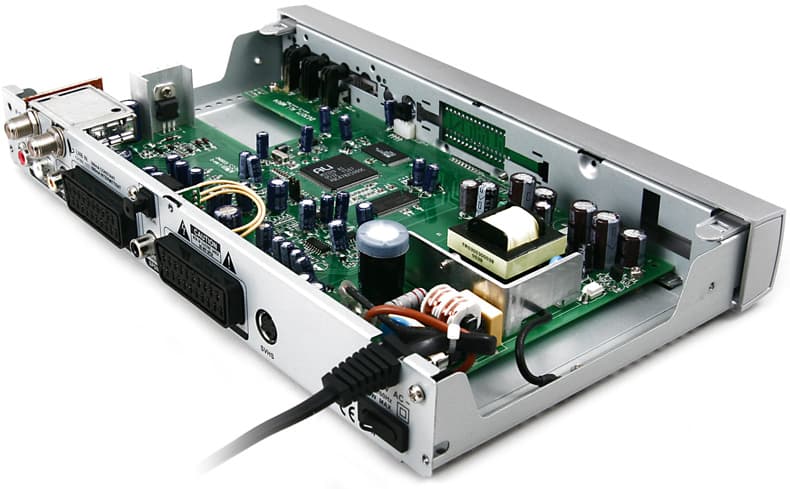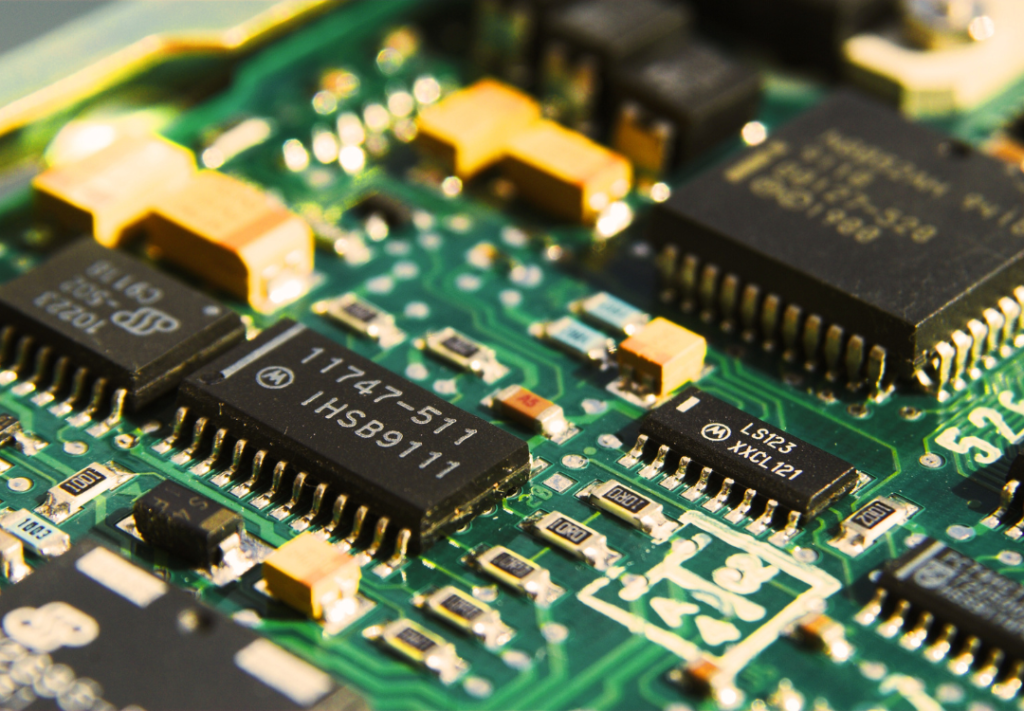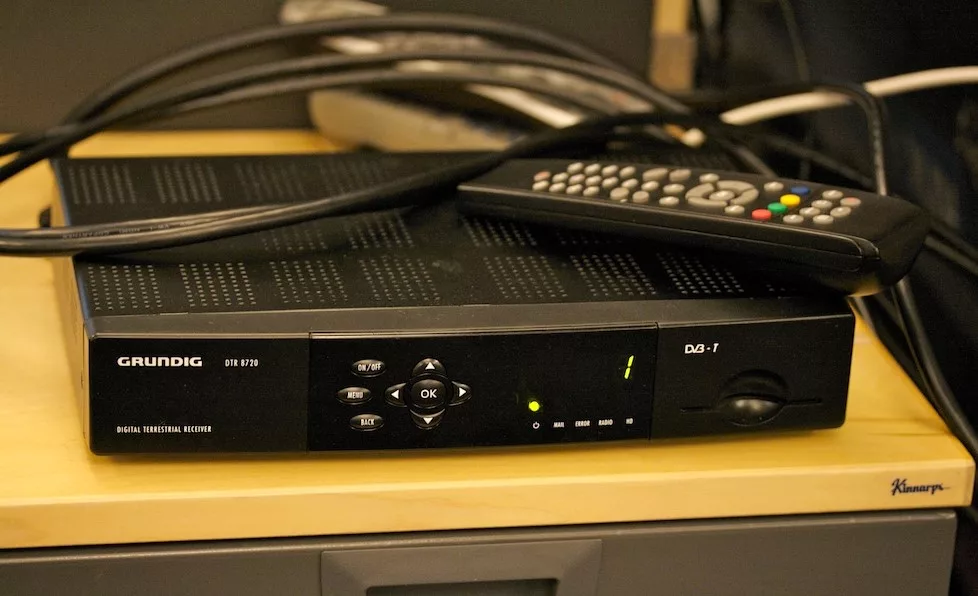What is the operating temperature range of the set-top box PCB?
Set-top box PCB is the heart of digital entertainment devices, doing everything from signal processing to smooth playback of high-definition content. Selecting the correct set-top box PCB requires careful consideration of its operating temperature range, affecting the device’s reliability, lifespan, and performance consistency. Next, we’ll dive into the basics of set-top box PCB operating temperature range, covering the essential aspects that buyers and designers need to understand to achieve optimal device performance.
The Basics of Set-Top Box PCB
Set-top box PCBs are designed to connect and support the components that enable digital devices to deliver multimedia content to users. We will first explore the complex structure and function of set-top box PCBs, which are designed with pathways and layers that carry electrical signals, allowing components such as processors, tuners, and memory modules to communicate seamlessly. Without a well-designed PCB, a set-top box could not perform the high-speed data transfers required to provide a clear, uninterrupted viewing experience.
We will then examine optimizing the PCB layout and component placement within the set-top box for efficient thermal management. High-performance chips typically generate a lot of heat during operation, especially when running heavy workloads or streaming high-definition content. This is when the operating temperature range of the set-top box PCB becomes critical, as it defines the thermal limits within which the device can operate reliably. A set-top box PCB operating outside its recommended temperature range may experience malfunctions, performance degradation, or latent failure.

Importance of Operating Temperature Range
The operating temperature range of a set-top box PCB specifies the minimum and maximum temperatures at which the board can operate effectively without compromising performance or durability. For commercial-grade PCBs designed for indoor environments, this range is typically 0°C to 70°C.
When a PCB’s temperature exceeds its limits, thermal stress occurs, which can cause the material to expand or contract, damaging connections and degrading signal integrity. Proper thermal management within the specified range helps ensure the set-top box consistently delivers high-quality performance, even under prolonged or demanding use conditions.
Factors Affecting Operating Temperature
Various internal and external factors can affect the operating temperature of a set-top box PCB. High-performance components within a set-top box, such as the CPU and GPU, generate heat when in operation, an internal factor that affects the operating temperature of the set-top box PCB. Without proper thermal design, this heat can accumulate, causing the PCB to exceed its safe operating range, affecting the functionality of the board and the user’s viewing experience.
External factors include ambient room temperature and ventilation within the device housing. Set-top boxes placed in confined or poorly ventilated areas are more susceptible to overheating because of limited airflow around the PCB. External climate conditions, especially in warmer regions or during seasonal temperature peaks, can further affect the PCB’s operating temperature.

Common Thermal Management Methods
An effective thermal management strategy is essential to keep the performance of the set-top box PCB within the operating temperature range. Standard thermal management methods include heat sinks and thermal conductive compounds. Heat sinks are designed to absorb and dissipate heat from components, preventing excessive heat buildup on the PCB. Technicians often apply thermal conductive compounds between the elements and the heat sink to improve heat transfer efficiency, ensuring the PCB remains within a safe temperature range.
So, how does the PCB design play a role in thermal management? Thermal vias and copper pours can help evenly distribute heat throughout the board, minimizing local hot spots. Engineers often select advanced materials with higher thermal conductivity as the construction material for set-top box PCBs because they help dissipate heat faster.
Comparison of temperature ranges of commercial and industrial PCB
Set-top box PCBs are available in various grades, each with a specific temperature range. Commercial-grade PCBs typically used in home set-top boxes have a temperature range of 0°C to 70°C. This range is usually sufficient for most indoor environments with minimal temperature fluctuations. However, these PCBs may not perform optimally in outdoor installations or extreme temperatures.
Industrial-grade PCBs are designed for more demanding applications and environments. To withstand harsher conditions, these PCBs typically have a more comprehensive temperature range, from -40°C to 85°C. Manufacturers often use industrial-grade set-top box PCBs in environments that require high durability and resilience, such as outdoor or remote installations.

Common Problems Caused by Extreme Temperatures
Several issues can occur when a set-top box PCB is operated outside its recommended temperature range. The usual performance-related issues include signal degradation, increased latency, and potential lags in video streaming. Excessive heat can disrupt data processing on the PCB, resulting in a degraded viewing experience and, in severe cases, signal loss.
Extreme temperatures also affect PCB materials. Exposure to high temperatures can accelerate material degradation, causing components to wear out faster. On the other hand, low temperatures can make certain materials brittle and prone to cracking or breaking. These physical effects can significantly shorten the life of a set-top box PCB, highlighting the importance of maintaining operation within the specified temperature range.
Selecting the Right Set-Top Box PCB Based on Temperature Requirements
Selecting set-top box PCBs with the appropriate operating temperature range requires careful consideration of several factors. The first is to evaluate the device’s specific usage environment, from ambient temperature to the expected duration and intensity. For example, a set-top box in a closed or high-demand environment may require a PCB with more advanced thermal management features.
Other considerations include component quality and PCB material. High-quality components with stable performance over various temperatures can improve reliability and device life. By understanding these factors and selecting a PCB with the correct temperature specifications, users and manufacturers can ensure that their set-top boxes provide consistent, long-lasting performance.

Importance of Set-Top Box PCB Thermal Management
The operating temperature range is a critical factor in the performance and durability of set-top box PCBs. By maintaining proper thermal management and selecting the right PCB type, users can extend the life of their equipment and ensure reliable, high-quality performance. By carefully considering the temperature range and related factors, buyers can make an informed decision that improves the overall efficiency and life of the set-top box system.

